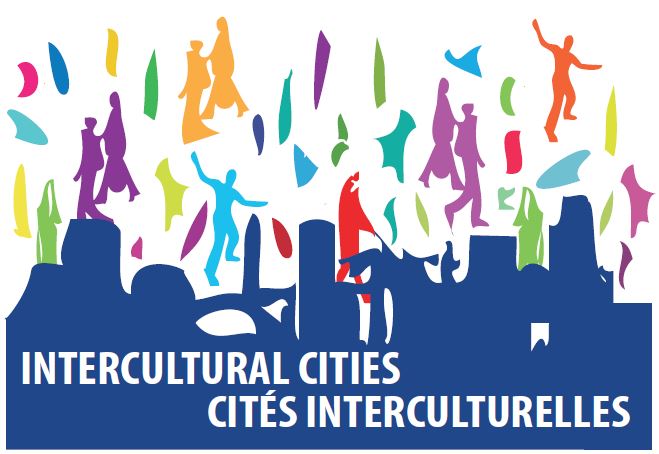Purpose:
The project, led by the municipality’s urban planning and architecture department, aims firstly at identifying and mapping the presence of different religious communities. The action goes beyond the traditional definition of the entities for city planning purposes, and aims at analysing the proper settlement of religious functions throughout the territory. It also, and most importantly, aims at gaining full knowledge of the welfare and social functions which religious communities carry out, and trying to understand their scale and significance within the overall picture of welfare service in Reggio Emilia.
Stimulus/Rationale:
According to Italian legislation religious associations can only gather and practice in dedicated buildings which are recognized by the municipal urban planning system as suitable for religious functions. Even today in Italy, almost the only religious sites that are officially recognized by the State are Catholic churches and Catholic-owned sites. The other religious communities which have emerged in the past 20 years have often had to settled in unsuitable premises, e.g. located in rented warehouses in isolate parts of town.
Process:
Reggio Emilia has set out on a long legal and educational campaign to achieve equal rights for all religious faiths. The project, led by the municipality’s urban planning and architecture department, aims firstly at identifying and mapping the presence of different religious communities. The action goes beyond the traditional definition of the entities for city planning purposes, and aims at analysing the proper settlement of religious functions throughout the territory. It also, and most importantly, aims at gaining full knowledge of the welfare and social functions which religious communities carry out, and trying to understand their scale and significance within the overall picture of welfare service in Reggio Emilia.
The project has identified in a territory of 176.000 inhabitants and 30.000 residents of foreign origin, over 30 religious sites comprising approximately 10 different religious beliefs. It aims at:
- Identifying the existing religious faiths
- Training the religious associations with legal and urban planning knowledge so they can understand local legislation and adopt the most appropriate legal status.
- Activating a listening process at the local level which will allow the introduction of new municipal rules and local legislation that will make it easier for different religious group to legally settle in the community.
- Coordinating their welfare activities with those of the local municipality enabling each religious group to assume welfare and social services commitment and engaging in a collaboration with the municipal social services.
- Mapping and addressing the needs of inhabitants, co-defining problems, and co designing of possible innovative solutions involving the faith network.
- Raising awareness of citizens of the positive efforts shaped by the different religious groups present in the city. Legitimize and declare the importance of having different faith on our territory.
- Activating inter faith working groups, supporting mutual exchange of knowledge.
Impact:
The building and town planning regularisation process involved 8 places of worship in the City of Reggio Emilia (data: 2023)
Key reference documents:



